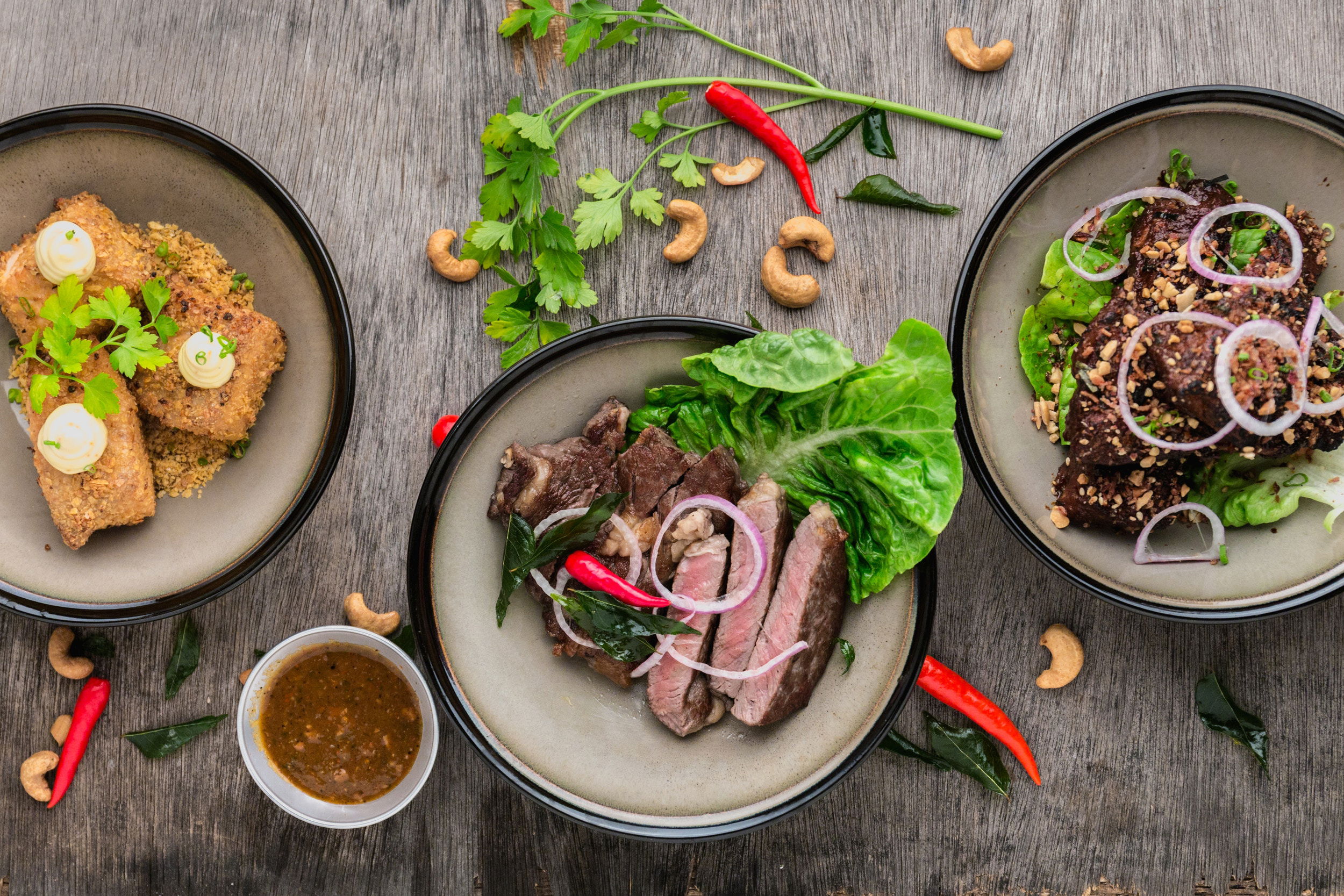How to Optimize Your Food Costs Without Sacrificing Quality

In the foodservice industry, managing costs is crucial to maintaining profitability. But cutting costs can be a tricky balancing act, especially when it comes to food quality. In this guide, we'll give you practical tips and strategies to help you optimize your food costs without sacrificing the quality that your customers expect.

Step 1: Analyze Your Menu The first step to optimizing your food costs is to take a close look at your menu. Identify which menu items are high-profit and which are low-profit. Consider which items are popular with customers and which are not selling well. This analysis will help you identify areas where you can make changes to improve profitability without sacrificing quality.
Step 2: Purchase Strategically One of the biggest expenses in the foodservice industry is food purchasing. To manage costs effectively, it's essential to purchase strategically. Consider buying in bulk to take advantage of discounts, and negotiate with suppliers to get the best possible prices. Use seasonal produce and ingredients to keep costs down, and consider partnering with local producers to reduce transportation costs.
Step 3: Manage Waste Waste is a major contributor to food costs, but it's often overlooked. By managing waste effectively, you can reduce costs and increase profitability. Start by measuring how much food is being wasted, and identify which items are being wasted the most. Then, consider ways to reduce waste, such as adjusting portion sizes, using food scraps in other dishes, and composting.
Step 4: Train Your Staff Your staff plays a crucial role in managing food costs. By training your staff on cost management strategies, you can ensure that everyone is working together to reduce costs and maintain quality. Train your staff on portion control, inventory management, and waste reduction, and incentivize them to identify areas where costs can be reduced.
Step 5: Monitor Your Results Finally, it's essential to monitor your results to ensure that your cost management strategies are working. Use a tracking system to monitor your food costs, and compare your results to industry benchmarks. Make adjustments as needed, and continue to analyze your menu, purchase strategically, manage waste, and train your staff to optimize your food costs over time.
Managing food costs can be a challenge, but it's essential to maintaining profitability in the foodservice industry. By following these five steps, you can optimize your food costs without sacrificing quality and ensure the long-term success of your business.
